
Аннотация
Restricted Boltzmann machines (RBMs) have been used as generative models of many dif f erent types of data including labeled or unlabeled images (Hinton et al., 2006a), windows of mel-cepstral coef f i cients that represent speech (Mohamed et al., 2009), bags of words that represent documents (Salakhutdinov and Hinton, 2009), and user ratings of movies (Salakhutdinov et al., 2007). In their conditional form they can be used to model high-dimensional temporal sequences such as video or motion capture data (Taylor et al., 2006) or speech (Mohamed and Hinton, 2010). Their most important use is as learning modules that are composed to form deep belief nets (Hinton et al., 2006a).
RBMs are usually trained using the contrastive divergence learning procedure (Hinton, 2002).
This requires a certain amount of practical experience to decide how to set the values of numerical meta-parameters such as the learning rate, the momentum, the weight-cost, the sparsity target, the initial values of the weights, the number of hidden units and the size of each mini-batch. There are also decisions to be made about what types of units to use, whether to update their states stochastically or deterministically, how many times to update the states of the hidden units for each training case, and whether to start each sequence of state updates at a data-vector. In addition, it is useful to know how to monitor the progress of learning and when to terminate the training.
For any particular application, the code that was used gives a complete specif i cation of all of these decisions, but it does not explain why the decisions were made or how minor changes will af f ect performance. More signif i cantly, it does not provide a novice user with any guidance about how to make good decisions for a new application. This requires some sensible heuristics and the ability to relate failures of the learning to the decisions that caused those failures.
Over the last few years, the machine learning group at the University of Toronto has acquired considerable expertise at training RBMs and this guide is an attempt to share this expertise with other machine learning researchers. We are still on a fairly steep part of the learning curve, so the guide is a living document that will be updated from time to time and the version number should always be used when referring to it.
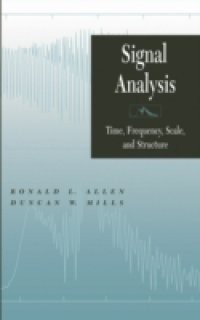
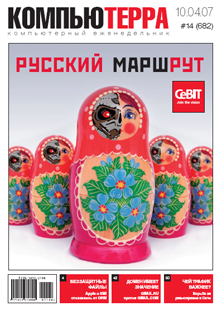
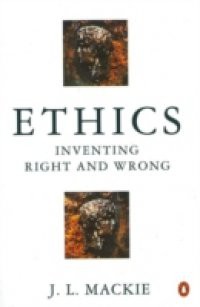
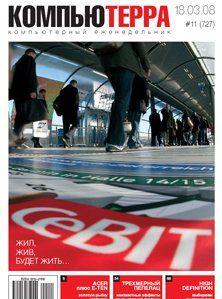
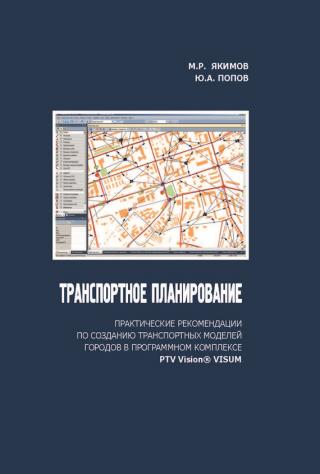
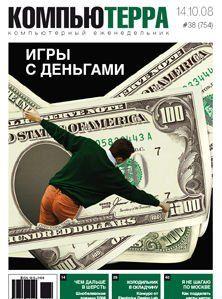
Комментарии к книге "A Practical Guide to Training Restricted Boltzmann Machines"